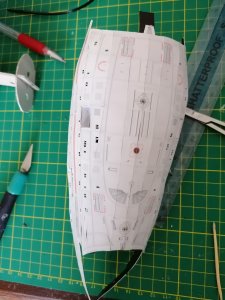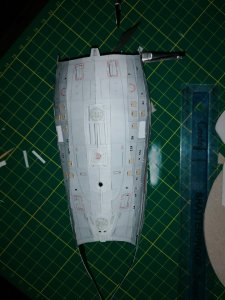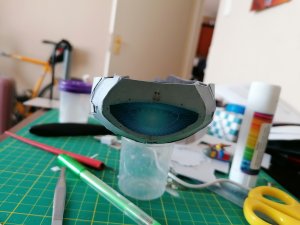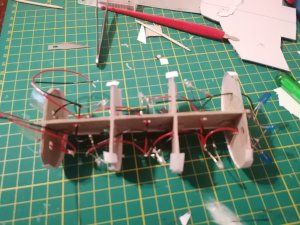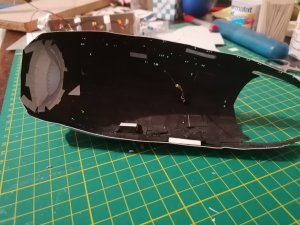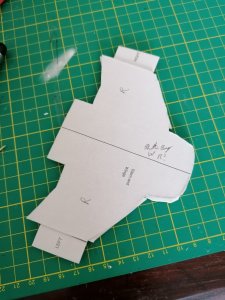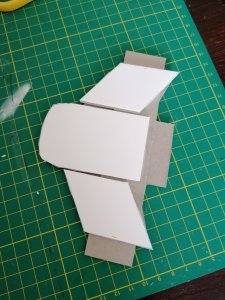After completing the Elsa's and Thomas' I built for my own, and girlfriends kids it's time to get back to my roots. as in Sci-fi 
The lighting dies in my Voyager I built a few years ago, and looking at it now with older (and wiser?) eyes I decided it's time for another go at this lovely ship. So, off we go, with improved lighting and skills (hopefully....
Here we have the secondary hull supports and proposed LED locations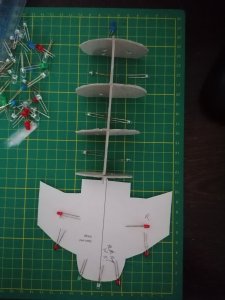
The lighting dies in my Voyager I built a few years ago, and looking at it now with older (and wiser?) eyes I decided it's time for another go at this lovely ship. So, off we go, with improved lighting and skills (hopefully....
Here we have the secondary hull supports and proposed LED locations



